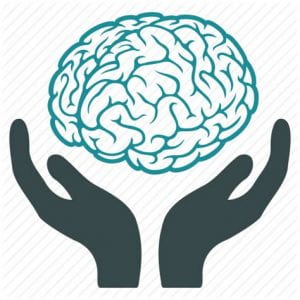This week, an alert reader notified us of a helpful article in The Faculty Lounge Newsletter, a Harvard Business publication. Tips for Reducing Cognitive Load in the Classroom, Insights from Bill Schiano, professor of computer information systems at Bentley University, adapted from Reducing Cognitive Load: Focusing on What Matters in Online and Hybrid Teaching, a Harvard Business Publishing Education webinar is full of great ideas you can use in your next class.
What is Cognitive Load?
Cognitive load refers to the fact that “your brain only has so much capacity to process information. And when the strain of all that information processing—also known as cognitive load—becomes too much, it’s only natural to feel overwhelmed.” As an instructor, you must manage your students’ cognitive load, as well as your own, in physical and virtual classrooms.
My favorite tips specifically for synchronous online or on ground classes:
- Call students by name and encourage all students to use each other’s names. Schiano even suggests going to class prepared already knowing who you want to call on.
- Avoid “old hands.” Consider if you really want to call on students who have been waiting a while to speak, or whose comments have been languishing in chat, as their contributions are likely to be on topics you’ve already discussed. Revisiting old comments can disrupt class flow.
You can find more articles like this one by signing up for The Faculty Lounge Newsletter or by visiting the newsletter archive. If you’d like an instructional designer to contact you about more ideas on how to reduce cognitive load in your courses, send an email to um3d @ memphis.
Contents
